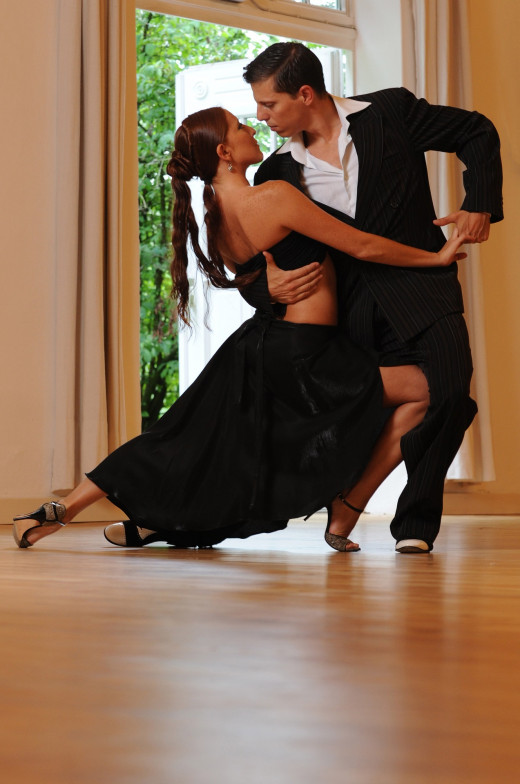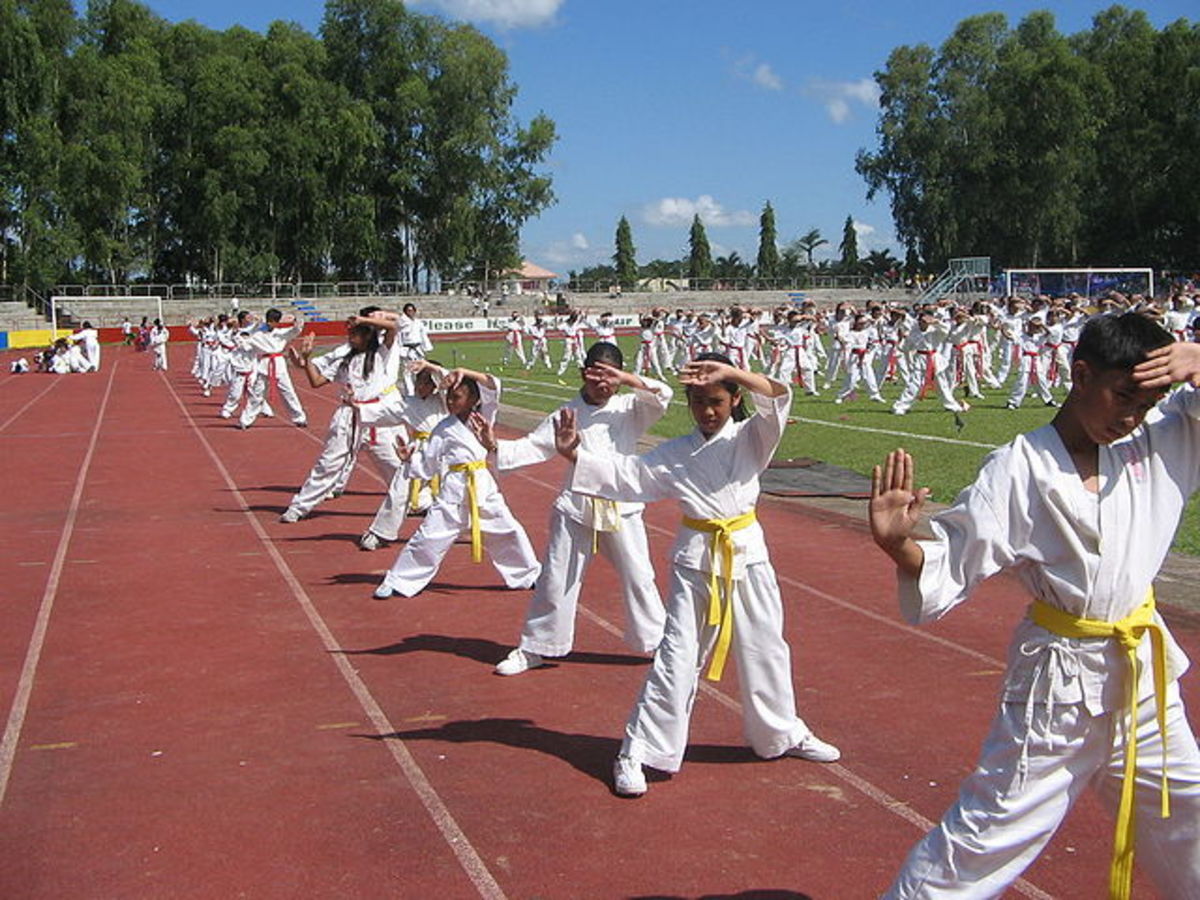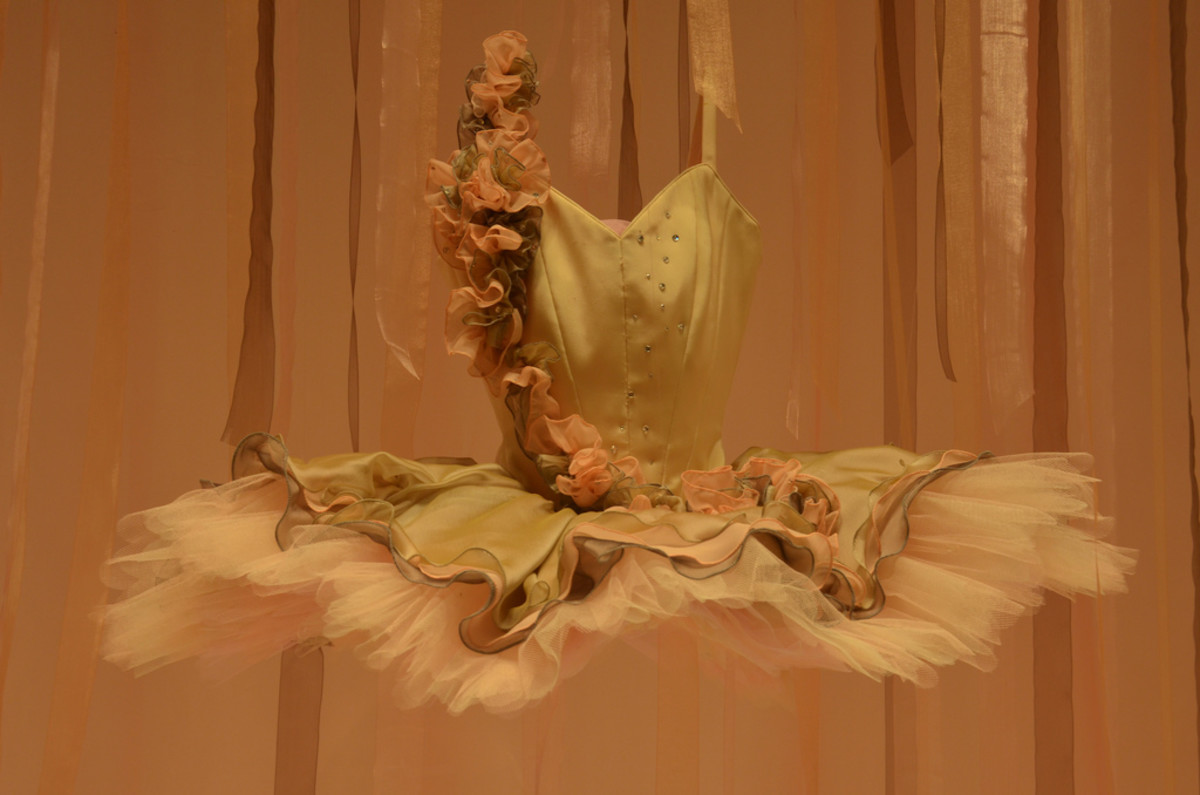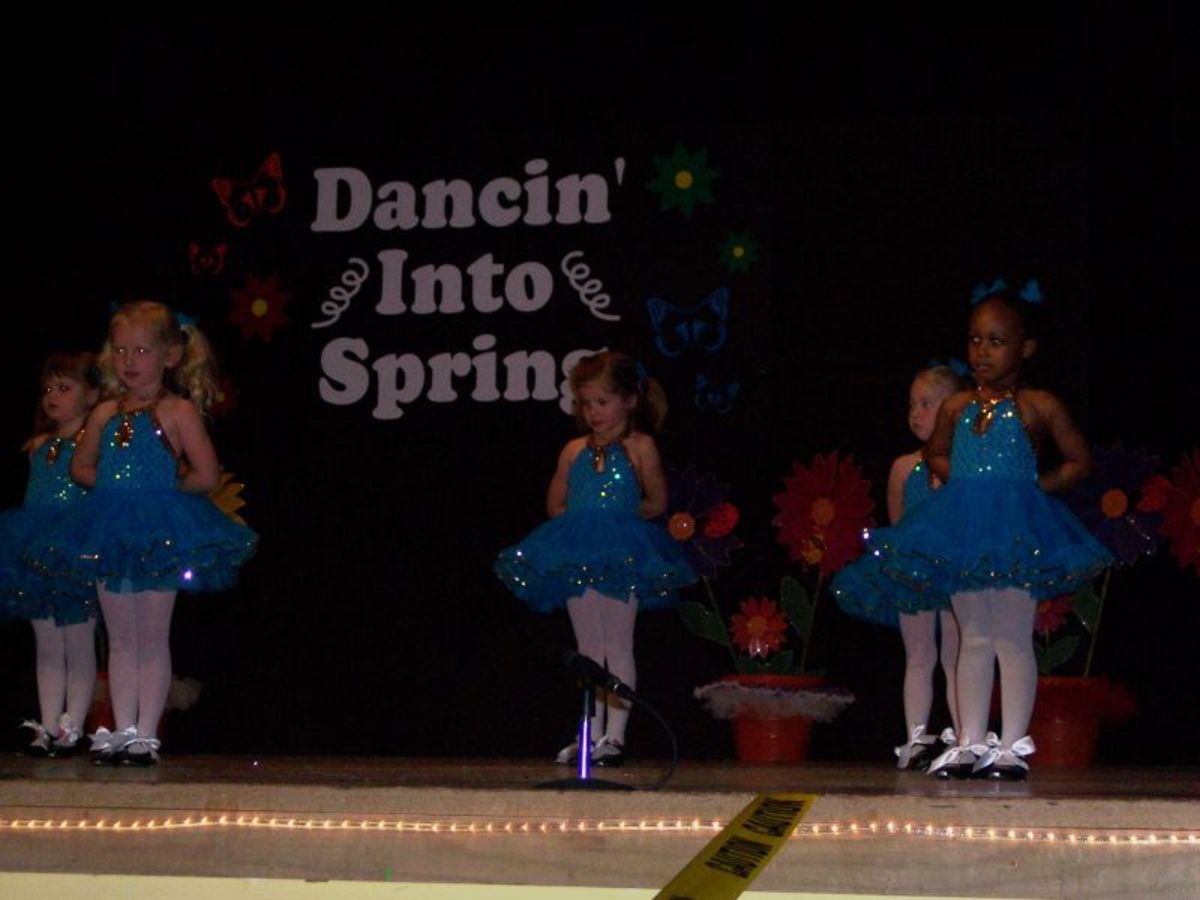The Origins of the Tango
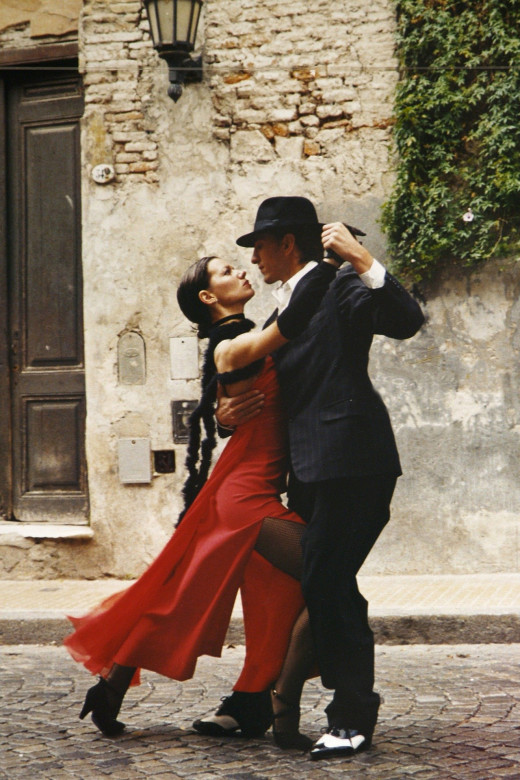
The History of the Tango
The tango is thought to have originated during the 1880s in South America on the Rio de la Plata, which is the border between Argentina and Uruguay. This area had a mixture of natives, European immigrants and slaves. The dance takes influence from the Native American, European and African cultures. Suggested influences include the waltz, the polka, the habanera, the candombe and the milonga.
It is generally agreed that the influences of African cultures and the musical techniques of European immigrants were important in the development of the tango.
Even though the dance originated in poorer areas of the country, it became popular throughout society. During the early twentieth century, tango dancers travelled to Europe and the dance became popular in Paris, London and Berlin. By the end of 1913 the tango had reached the USA.
The popularity of the tango started to decline after the onset of the Great Depression, seeing a further decline during the 1950s. However, it started to see a revival during the 1980s and remains a popular dance today.
The tango is danced in hold, either in close embrace or open embrace. There are different styles of the dance, but it is generally characterised by sharp movements and complex steps.
There are different theories regarding the origins of the word 'tango'. One theory suggests that it is African in origin having evolved from the word 'shango', referring to the Nigerian God of thunder. Another suggestion is that it comes from the word 'tambor', which is Spanish for drum. According to this theory, the word was mispronounced by the inhabitants of Buenos Aires, eventually evolving into the word 'tango'.
Although the present day tango is thought to have its roots in the dance which originated in South America during the late nineteenth century, there are earlier records of tango dances in Cuba and Spain.
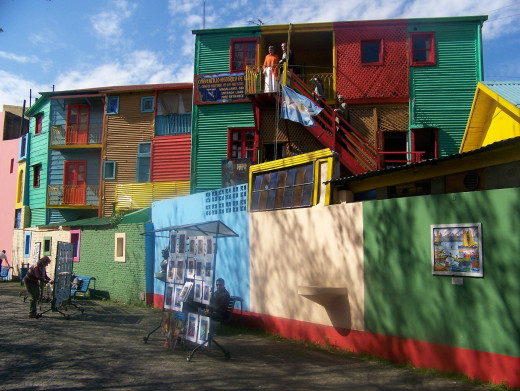
Different Styles of Tango
Various styles of tango have developed around the world. Here are some examples.
Tango Canyengue
This style of tango originated in Argentina during the early 1900s. It is danced in close embrace with slightly bent knees. The tango canyengue is often used in stage performances, where complex footwork, kicks and drops are used.
Ballroom Tango
The ballroom tango was adapted from the original tango styles and made more conventional. This style is characterised by staccato movements and head snaps. There are two different styles of ballroom tango, which are International and American. The International style is used danced in competitions, whereas the American style is more for social dancing.
Tango Nuevo
This style became popular during the 1980s, and can be danced to both traditional tango music and non tango music. The embrace is often open, allowing a variety of complex figures. It is thought that the fusion of tango music with electronica used in this style may have helped to revitalise the tango and attract younger dancers.
Finnish Tango
This style of tango is a variation of the Argentine tango but it follows the rhythm of the ballroom tango. However, it has characteristics that differ from both styles. There is close body contact, and the dance features dips and rotations but no kicks or aerial movements.
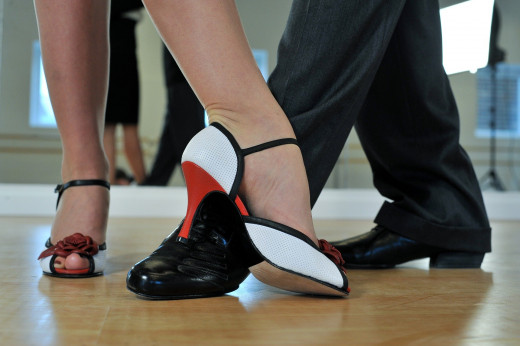
Tango Today
The tango remains a popular dance style today, being danced both competitively and by social dancers.
Tango festivals take place throughout the world, including the Tango Buenos Aires Festival y Mundial. The festival is 18 days long, beginning with 9 days of shows, classes and film screenings. This is followed by the Tango World Championships.
In 2009, the tango was added to the UNESCO Intangible Cultural Heritage Lists. The aim of this list is to protect cultural heritages and raise awareness of their significance.
It has been suggested that dancing the tango can offer various health benefits. There are the obvious benefits of physical exercise, but it may also benefit cognition and emotional well being. There is also the social aspect of attending dances, classes and gatherings.
From its beginnings in South America the tango has evolved and become popular worldwide, with a number of different styles now in existence. With the revived popularity of ballroom dancing in general, many people are choosing to learn the tango.
